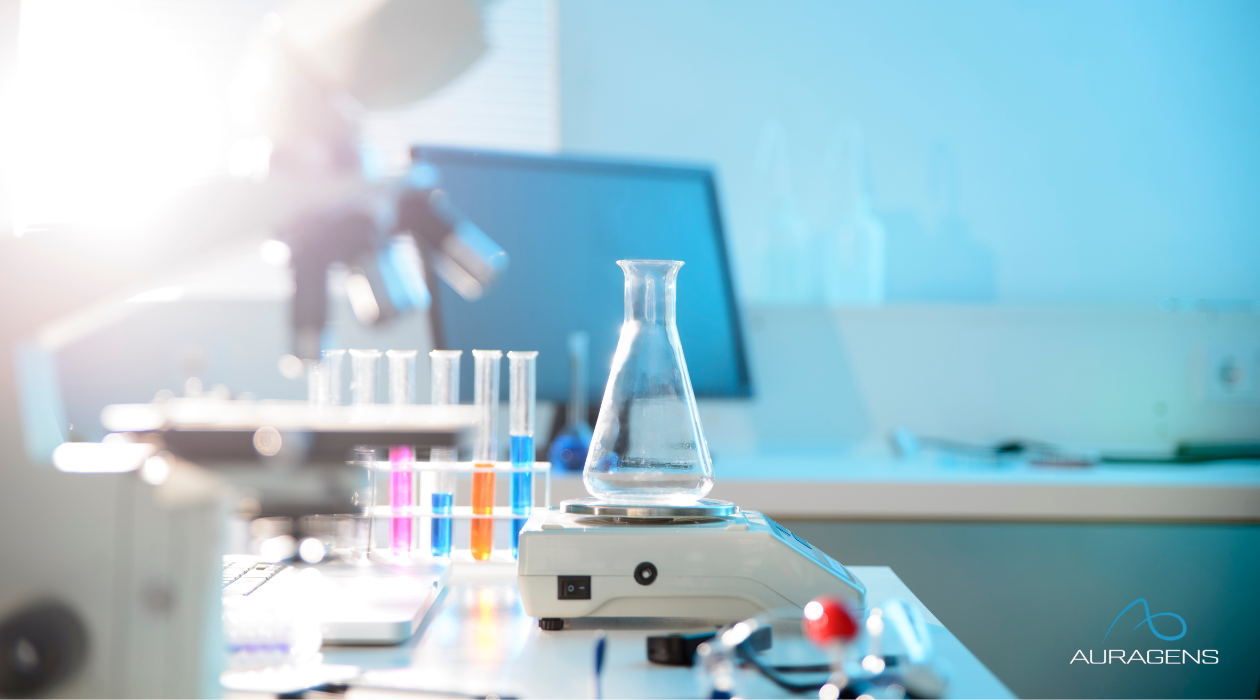
Always trying to make our science, treatments, and approach a little more relatable we often help demonstrate what Auragens does, and how we do it, using more familiar themes. As F1 has reached new levels of popularity globally, it has earned it spot in our rotation as a vehicle to educate. Pun intended.
On the surface Formula 1 racing and stem cell treatments and research at Auragens may seem like two very different fields, but they share a common thread in their reliance on a data-driven approach that informs evidence-based outcomes. Both disciplines thrive on precision, innovation, and rigorous analysis, where the collection, interpretation, and application of data play a pivotal role in achieving successful results. So, in an effort both educate and entertain, will explore how Formula 1 racing and our work at Auragens exemplify this shared methodology and how our data-driven processes lead to evidence-based outcomes that ultimately benefit society.
Evidence in Formula 1 Racing
In Formula 1, data is the lifeblood that determines success on the track. Every aspect of a race car’s performance is meticulously measured, from tire temperature and engine efficiency to aerodynamic drag and fuel consumption. Teams collect endless amounts of telemetry data during races and practice sessions, analyzing the intricate interactions between the car, driver, and environment. These data points are not simply archived for posterity; they form the basis of strategic decisions that can make the difference between winning and losing.
For example, teams use data to fine-tune aerodynamics to reduce drag, balance the car’s weight distribution to improve handling, and develop tire strategies that optimize grip and performance. Machine learning algorithms often analyze this data in real time, providing predictive insights into future performance and potential mechanical failures. Through iterative testing and constant analysis, teams refine their approach, making informed decisions that can impact everything from split-second pit stop strategies to long-term vehicle development.
Formula 1’s data-driven approach directly leads to evidence-based outcomes. Innovations derived from race performance data often influence advancements in the automotive industry, including safety improvements, fuel efficiency, and engineering techniques. Data informs practice, and evidence is constantly tested under extreme conditions, resulting in advancements that have real world applications far beyond the racetrack.

Evidence in Stem Cell Research at Auragens
Similarly, Auragens adopts a data-centric approach to stem cell treatments and research, where patient outcomes and scientific discovery are closely intertwined. Like Formula 1, where continuous data collection informs vehicle performance, Auragens relies on a robust system of clinical data, patient monitoring, and laboratory results to guide its research.
Stem cell research, and science in large, are inherently experimental, requiring precise data to understand the complex mechanisms by which stem cells function, differentiate, and promote tissue regeneration. At Auragens, our treatments and laboratory research involve collecting large sets of biological data, including genetic markers, cell behavior, and patient responses to treatment. These datasets are then analyzed to understand how stem cells interact with specific diseases or injuries, providing insights into which protocols are most effective for particular medical conditions.
One key similarity between the two fields is the iterative nature of their respective processes. In both Formula 1 and stem cell research, data informs refinement. In the case of Auragens, data from past success stories guides modifications to treatment protocols, which are then tested and validated in later phases. This feedback loop ensures that treatments are not only innovative but also grounded in rigorous scientific evidence. As in Formula 1, where car performance evolves based on real-time data, stem cell therapies at Auragens evolve through constant analysis, experimentation, and clinical evidence.

Safety, Precision, and Innovation
Safety is another area where the parallels between Formula 1 racing and Auragens become evident. In Formula 1, safety advancements such as the introduction of the “halo” device to protect drivers’ heads were based on extensive crash data and evidence of past accidents. These innovations save lives and are a testament to how data-driven approaches lead to evidence-based safety protocols.
In stem cell treatments, safety is equally paramount. Auragens conducts rigorous safety trials to ensure that treatments are not only effective but also free from adverse side effects. Data from Auragens helps establish safety profiles for new therapies, allowing researchers to identify potential risks and refine their approaches to mitigate them. This ensures that patient treatments are evidence-based, reducing risks and improving outcomes.
Moreover, both Formula 1 and Auragens embody a spirit of relentless innovation. In Formula 1, teams push the limits of what is technically possible, constantly seeking the next performance breakthrough. Similarly, Auragens is at the forefront of regenerative medicine, exploring cutting-edge applications of stem cells in areas like cardiovascular degeneration, antiaging, and neurodegenerative diseases. The data collected in both arenas not only drives present-day success but also lays the groundwork for future advancements, pushing the boundaries of what is achievable in their respective fields.

Dr. Dan Briggs, CEO & President of Auragens








